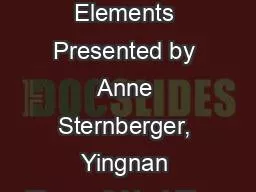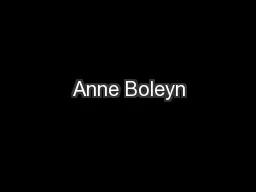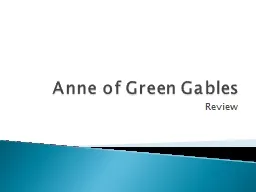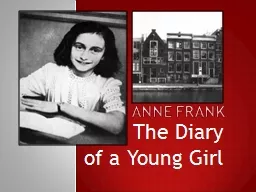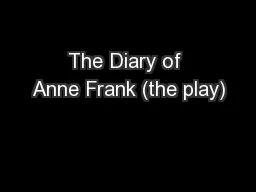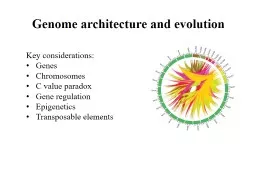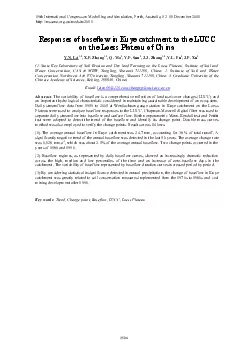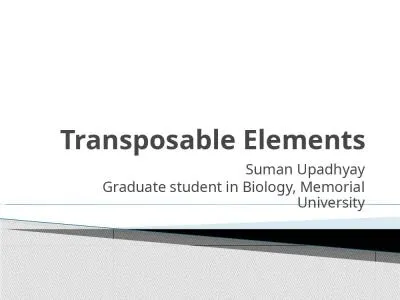PPT-Transposable Elements Presented by Anne Sternberger, Yingnan Zhang & Yuxi Zhou
Author : sportyinds | Published Date : 2020-08-29
Transposable Elements TEs Jumping genes Sequences of DNA that jump from one genome location to another Discovered in 1940s by maize geneticist Barbara McClintock
Presentation Embed Code
Download Presentation
Download Presentation The PPT/PDF document "Transposable Elements Presented by Anne ..." is the property of its rightful owner. Permission is granted to download and print the materials on this website for personal, non-commercial use only, and to display it on your personal computer provided you do not modify the materials and that you retain all copyright notices contained in the materials. By downloading content from our website, you accept the terms of this agreement.
Transposable Elements Presented by Anne Sternberger, Yingnan Zhang & Yuxi Zhou: Transcript
Download Rules Of Document
"Transposable Elements Presented by Anne Sternberger, Yingnan Zhang & Yuxi Zhou"The content belongs to its owner. You may download and print it for personal use, without modification, and keep all copyright notices. By downloading, you agree to these terms.
Related Documents

